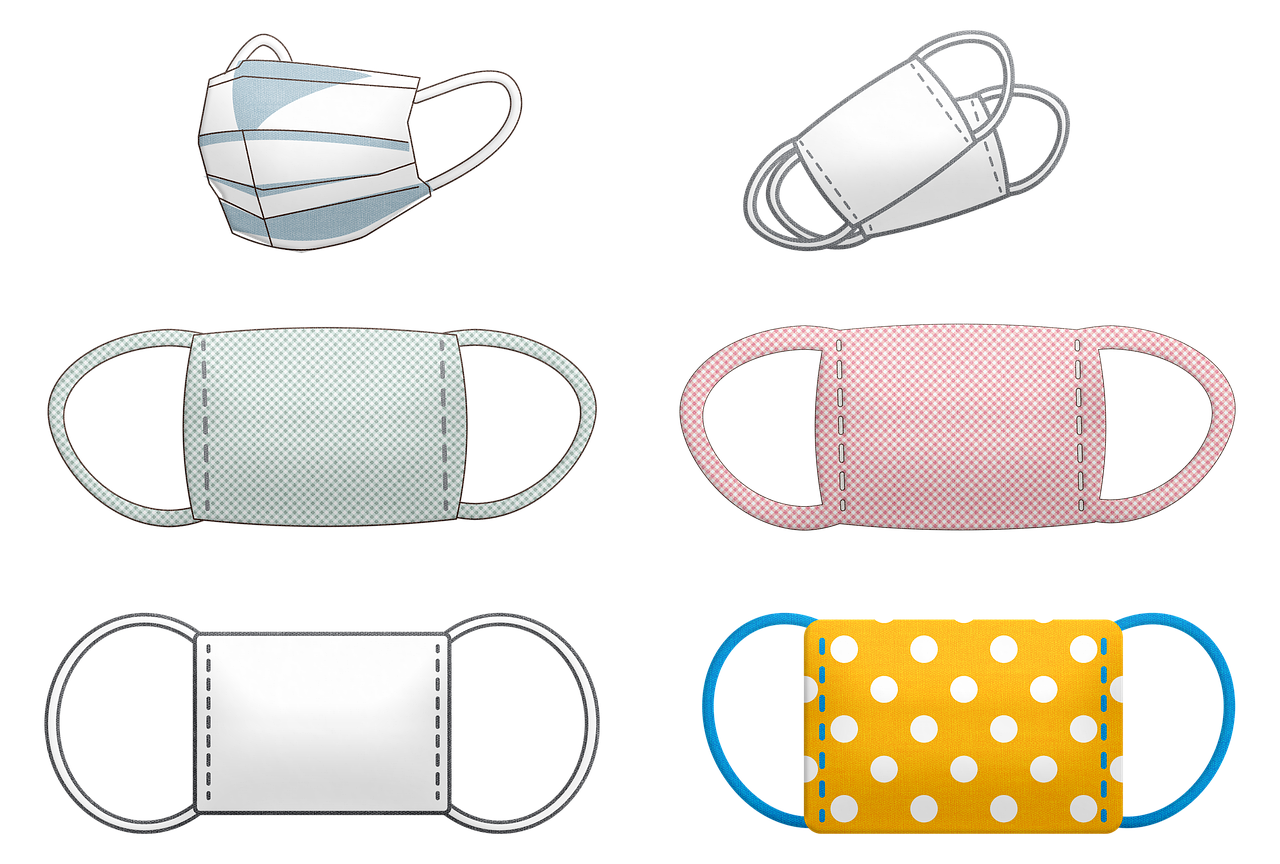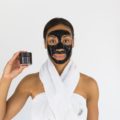Whatever else you may have heard about the coronavirus pandemic, know that we aren’t out of the woods just yet. As reported by The Guardian, a second wave isn’t just possible, it’s likely. With that in mind, we need to keep doing the things that have been working elsewhere.
Social distancing. Washing our hands regularly. Limiting large events. And last, but certainly not least, wearing masks.
In lieu of buying medical masks (and limiting their availability for frontline workers who desperately need them), I’d recommend making your own. Time Magazine has a decent step-by-step guide for doing so. That said, there are a few things I’d advise keeping in mind on top of that – a few do’s and don’ts for homemade coronavirus masks.
What You Should Do
Use Proper Materials
As reported by the New York Times, cotton quilting fabric is by far the best material at your disposal, offering a level of protection that rivals surgical masks. You may also want an air filter or a vacuum bag filter, though you’ll want to be certain you put it between two layers of cotton, as you may otherwise inhale harmful chemicals.
Fit Your Mask to Your Face
In order for a COVID-19 mask to be effective, it must completely cover both the mouth and nose, fitting snugly without cutting off circulation. Fold and stitch it in such a way that you can anchor it to your head, and test it before taking it out to ensure it doesn’t chafe. Comfort is just as important as snugness unless you want to be constantly pawing at your mask while you’re out (trust me, you don’t).
Keep Your Mask Clean
Wash your mask thoroughly after every single use. Make sure you wash your hands and face for at least twenty seconds each before donning your mask. Avoid touching your mask or face while you’re wearing it, as doing so carries the risk that you’ll contaminate it.
What You Should Avoid Doing
Assume Wearing a Mask Means You’re 100 Percent Safe
While using a face mask is essential to slow the spread of the virus, it does not necessarily protect you from it. Masks are a preventative measure, not a shield that safeguards you entirely from the coronavirus. Don’t make the mistake of assuming that, because you have a mask, you don’t also need to follow the other COVID-19 best practices. Wash your hands regularly and practice social distancing – otherwise, you might as well go bare-faced.
Share Your Mask
In addition to being extremely unhygienic, sharing your mask is ill-advised because, if you’ve followed the advice in this piece, it’s fitted for you. That means it’ll be either too loose or too tight for anyone else who wears it. If you have a friend, colleague, or relative who needs a mask, make them one.
Wear a Mask For Too Long
According to the health agency Nebraska Medicine, the longest anyone should wear a COVID-19 face mask for is four hours. While you likely have a bit of wiggle room there, wearing a mask for too long – even a comfortable one – can lead to severe chafing. There’s also a risk of contamination if the mask gets too moist.
About the Author
Brad Wayland is the Chief Strategy Officer at BlueCotton, a site with high-quality, easy-to-design custom t-shirts.




